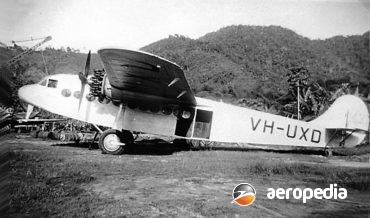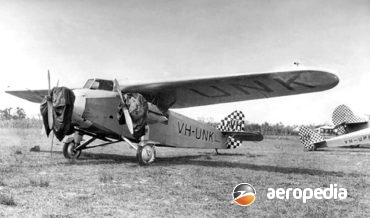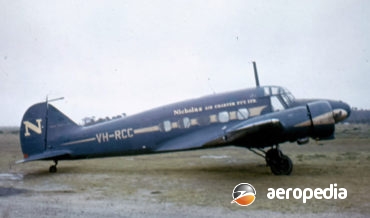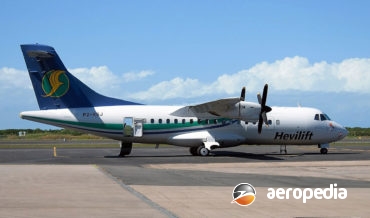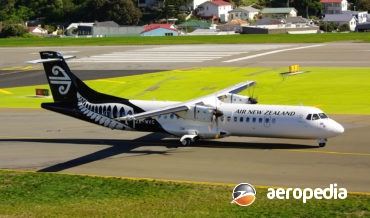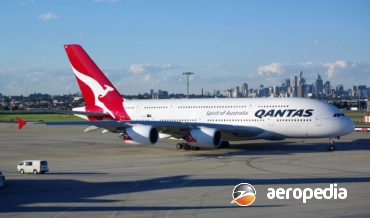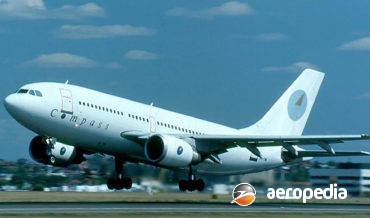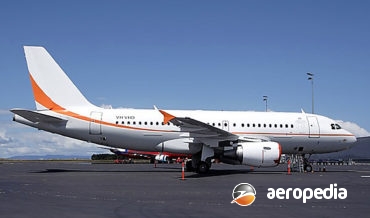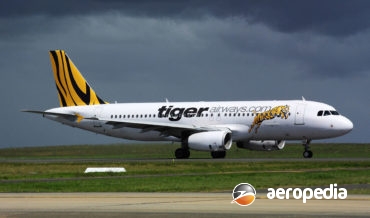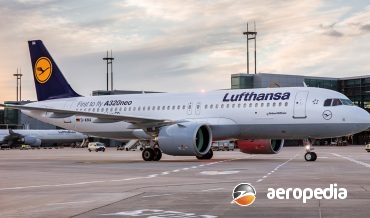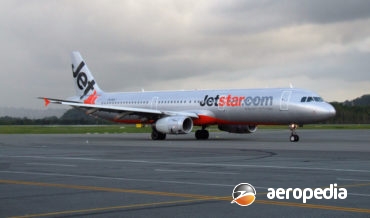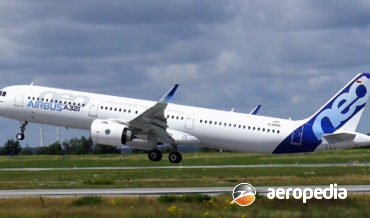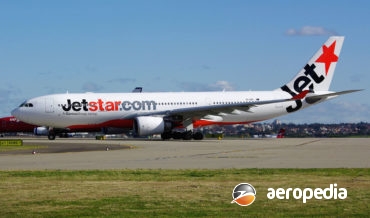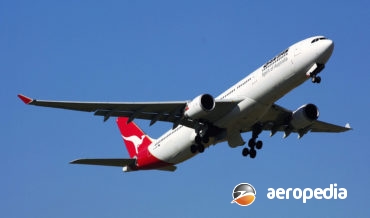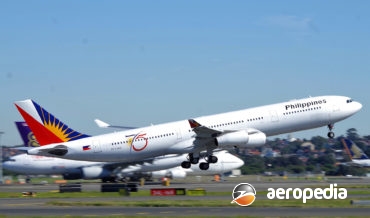All Contents
Contents
Originally known as the Avro Eighteen, the Avro 642/IIm was a twin-engine commercial transport using the wing of the Avro Ten but with both engines attached thereto and no engine in the nose.
David C. Eyre
- May 8, 2019
The Avro 619 Five, of which only four were built, was a scaled down variant of the Avro Ten, which in itself was a licence built variant of the Fokker F.VIIB/3m.
David C. Eyre
- May 8, 2019
The Avro XIX, 19, or Model 552A, was a development of the Avro Anson for use by the RAF as a personnel transport late in World War II and differed in having a deeper fuselage with more headroom to allow easier access for passengers, and a tapered metal wing.
David C. Eyre
- May 8, 2019
The ATR-42 was one of a new generation of commuter airlines designed to meet commuter airline requirements and incorporated the latest technology in the field in the design of the aircraft and the engine.
David C. Eyre
- May 8, 2019
Following the success of the ATR-42, development proceeded to the ATR-72, which was launched in January 1986.
David C. Eyre
- May 8, 2019
The A380 has been described as a giant amongst airliners, being 73 m long, nearly 80 m in span, weighing 560-tonnes at take-off, seating up to 555 passengers, and will fly further and more cheaply per seat.
David C. Eyre
- May 8, 2019
The A310 was designed to meet world airline requirements for a large capacity short-range airliner, using as many components of the A300 series as possible.
David C. Eyre
- May 8, 2019
In mid 1993 Airbus Industrie launched what it described as the A319, a 130-seat derivative of the A320, planning to commence deliveries to customers in 1996. Power plant was to be either the CFMI CFM56-5B5 or the Aero Engine V2500-A5 turbofan.
David C. Eyre
- May 8, 2019
In June 1981 Airbus Industrie announced that it was developing a 150-seat short/medium-range transport with deliveries to commence in 1988. Within a few days Air France announced it had signed a preliminary contract for 25 examples of the new airliner, known as the A320, with 25 options.
David C. Eyre
- May 8, 2019
The A-320neo is a new variant of the A-320 series and is a development of earlier models of the narrow-body airliner, ‘neo’ meaning “new engine option”.
David C. Eyre
- May 8, 2019
The A321 was designed by Airbus to basically compete against the Boeing 757, which at that time had been in service for some years.
David C. Eyre
- May 8, 2019
As part of its program to continue development of the very successful A-320 family Airbus offered customers a new variant of the A-321 known as the A-321neo, having a lengthened fuselage with structural strengthening and a redesign of the undercarriage, and wing, with an increase in the wing area and
David C. Eyre
- May 8, 2019
On 27 January 1986 Airbus authorised the final definition of two new projects known as TA-9 and TA-11, these later becoming respectively the A330 and A340 long-range airliners.
David C. Eyre
- May 8, 2019
The A330-300 was the baseline variant with seating for 335 passengers in standard two class, but up to a max of 440 passengers could be carried.
David C. Eyre
- May 8, 2019
Air Bus Industrie recognised the need for a aircraft operating what was described as ‘long-thin’ routes and set about designing an aircraft capable of carrying 295 passengers in a three-class configuration over a distance of 13,250 km (8,233 miles), this being a four-engine wide-body which made its first flight in
David C. Eyre
- May 8, 2019
Recent Comments
Archives
Categories
- No categories
Categories
- No categories
Latest Posts
Newsletter

